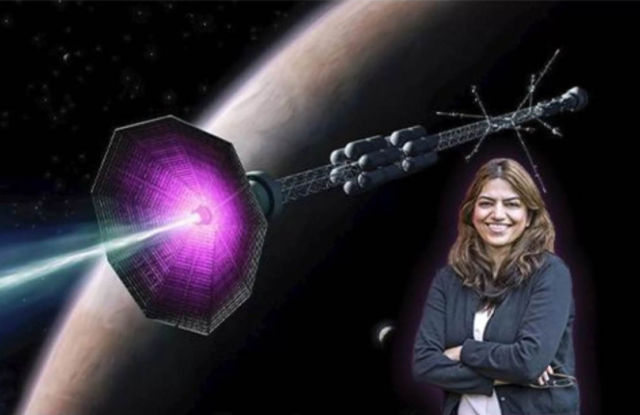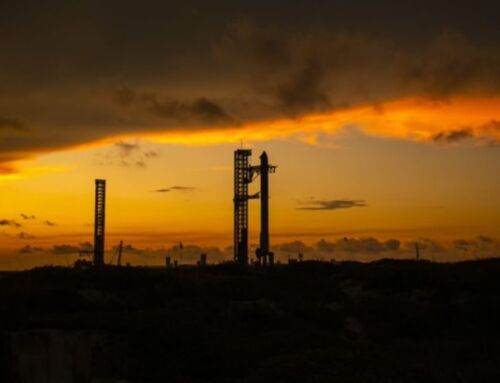 Credit Elle Starkman, PPPL Office of Communications, and ITER.
Credit Elle Starkman, PPPL Office of Communications, and ITER.
A new type of rocket thruster could take humans to Mars and beyond in our Solar System.
The new rocket thruster concept was proposed by a physicist at the U.S. Department of Energy’s (DOE) Princeton Plasma Physics Laboratory (PPPL).
The new device works by using magnetic fields to make charged particles of plasma (electrically charged gas) shoot out the back of a rocket. This propulsion is based on a natural process called magnetic reconnection, where magnetic field lines come together, separate, and then join again, releasing a lot of energy. This process is commonly seen in the universe, including on the surface of the sun and inside fusion devices like tokamaks.
The idea for this concept came about in 2017 when Fatima Ebrahimi, a physicist, was thinking about the exhaust particles produced by a fusion experiment. The experiment created magnetic bubbles called plasmoids that moved at high speeds, similar to the thrust of a rocket. The device aims to use this magnetic reconnection process to accelerate particles and propel a spacecraft forward.
Fusion, the same process that powers the sun, involves combining light elements in the form of plasma to generate massive amounts of energy. Scientists are working to replicate this process on Earth to create a nearly limitless source of power for generating electricity.
Image: PPPL physicist Fatima Ebrahimi in front of an artist’s conception of a fusion rocket.
The research was published in the Journal of Plasma Physics.
via Edubirdie





Leave A Comment